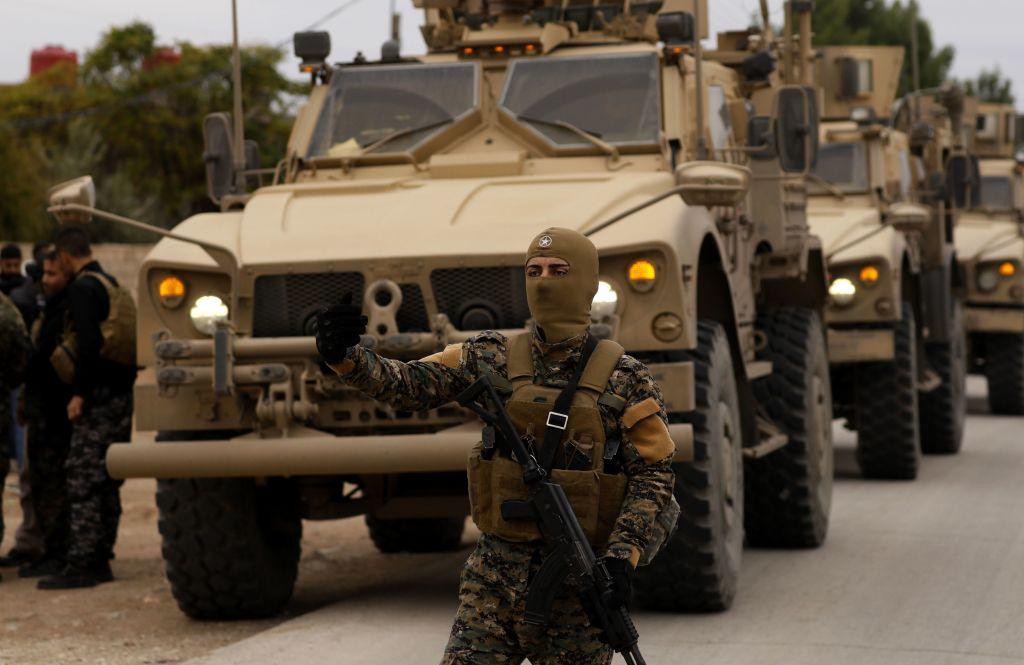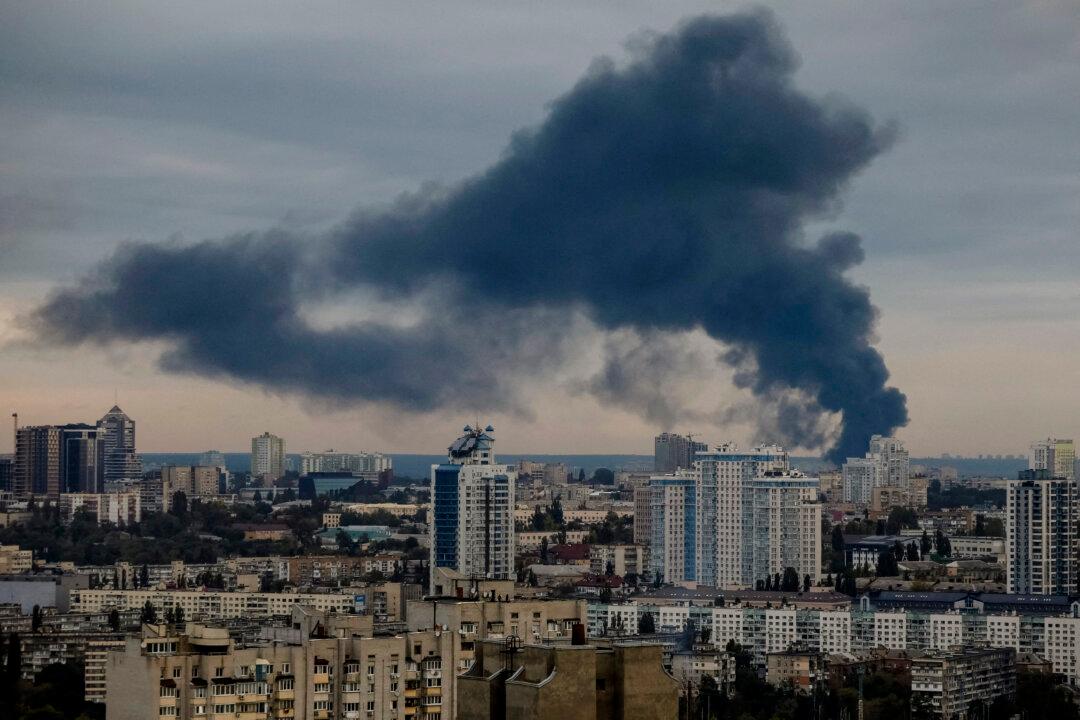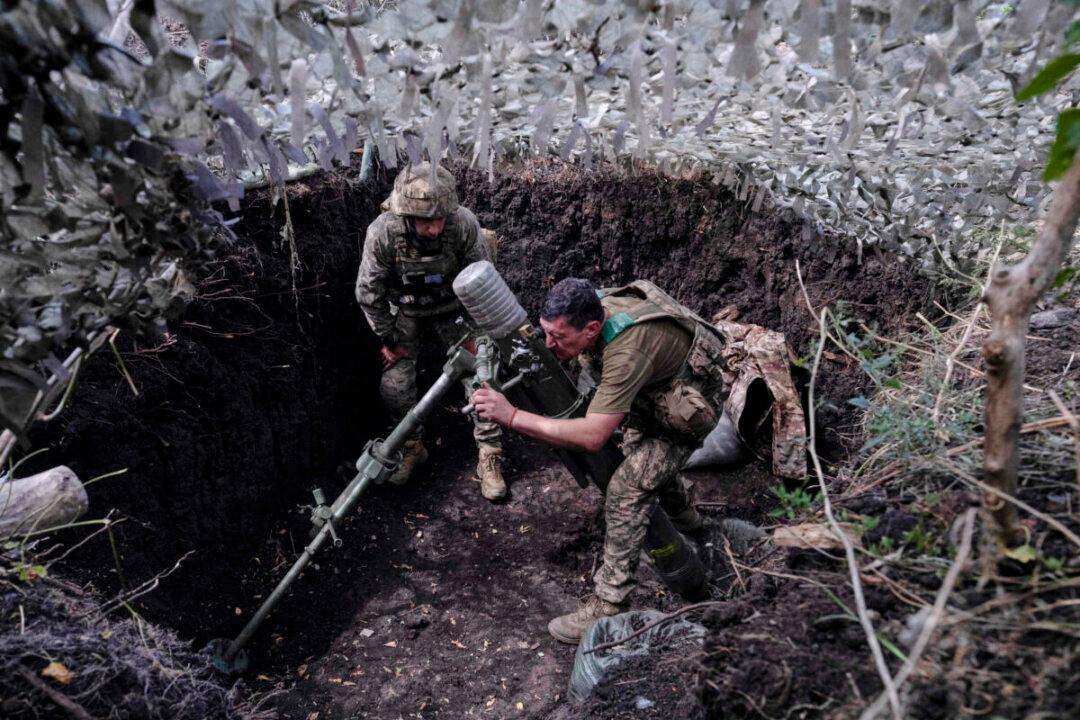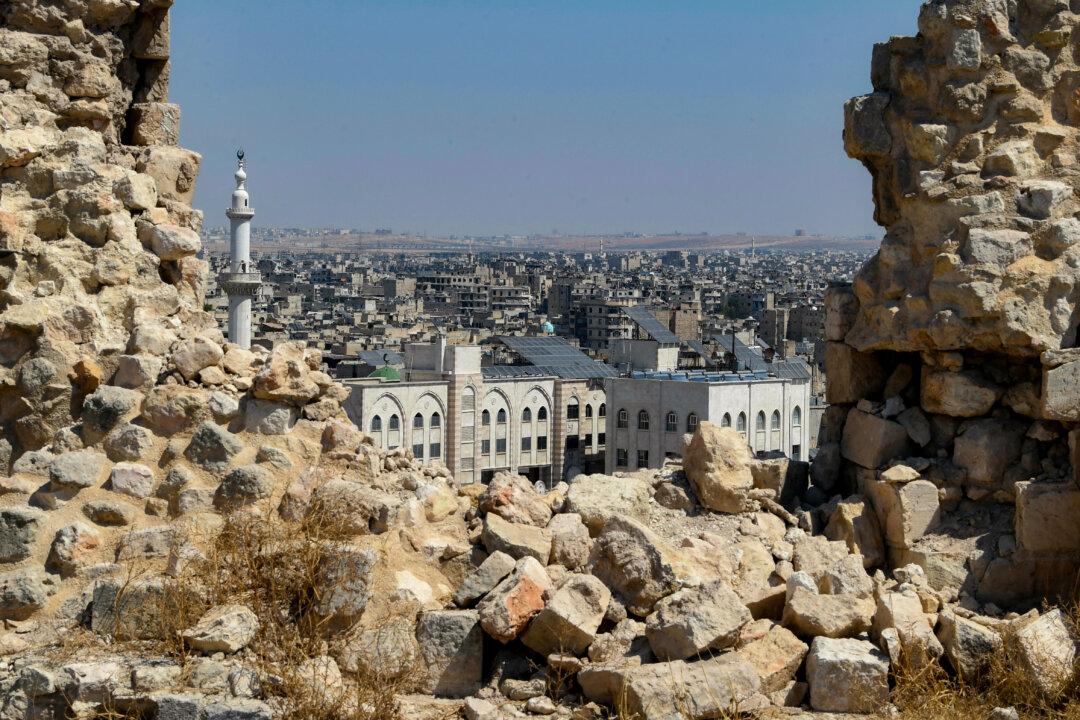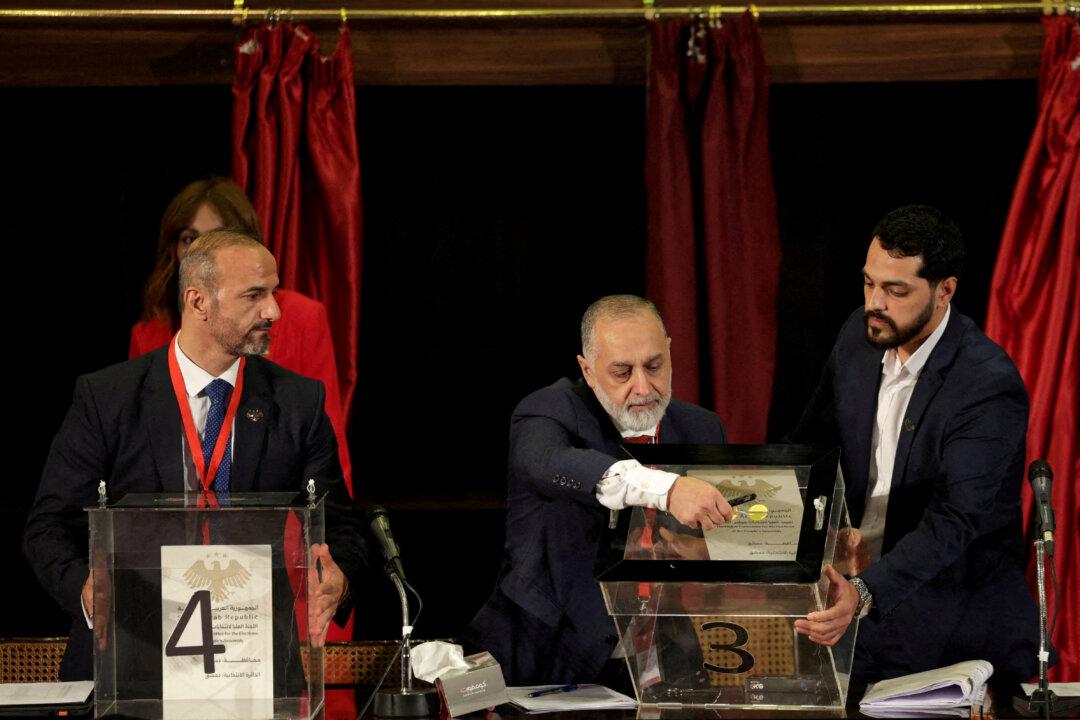Local Arab tribes in eastern Syria and the Kurdish-led Syrian Democratic Forces (SDF), an armed force backed by the United States, clashed last week in a rare outbreak of violence.
After days of battles that left scores dead, an SDF leader on Sept. 7 pledged to meet the demands of local tribes, promising greater Arab participation in the administration of the volatile region.
